FIVE PARCELS
Nestled between the Adriatic and Ionian Seas, the 13 hectares of vineyards comprising Tenuta Liliana are an integral part of the countryside on the Salento peninsula in southern Puglia. The Mediterranean Sea determines the cadence and colours of this windswept land, while human hands have transformed the area into a sublime tapestry of fields, pathways and dry-stone walls.

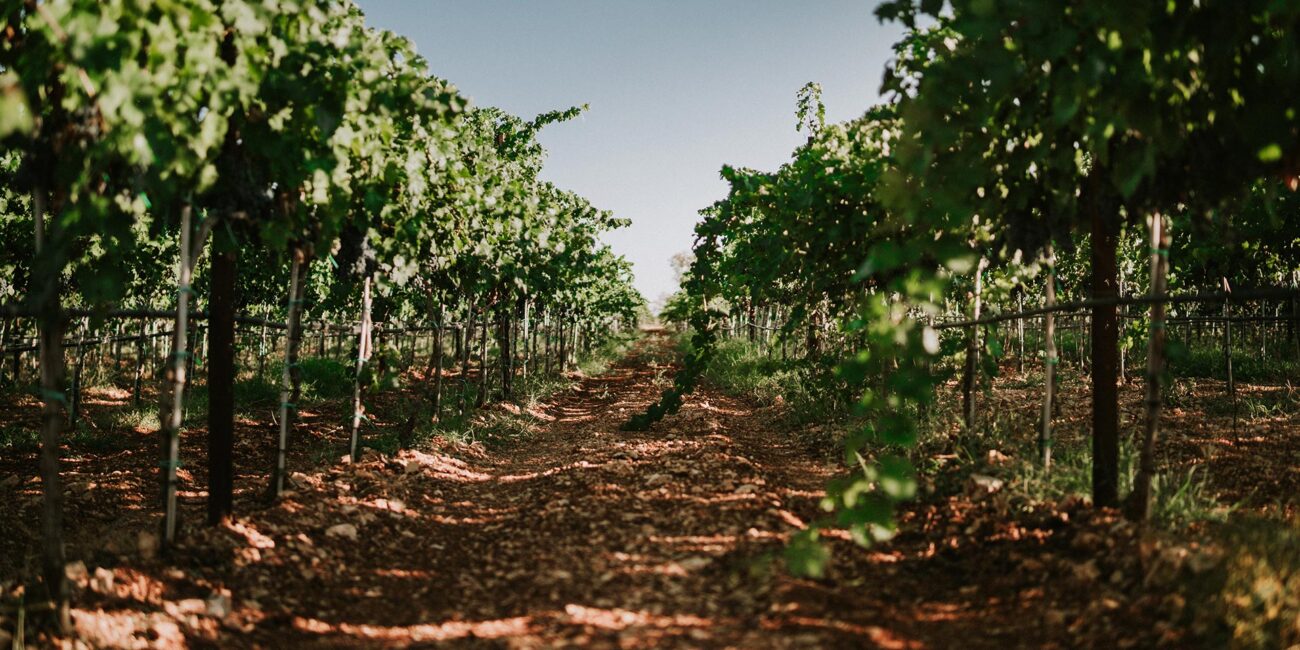
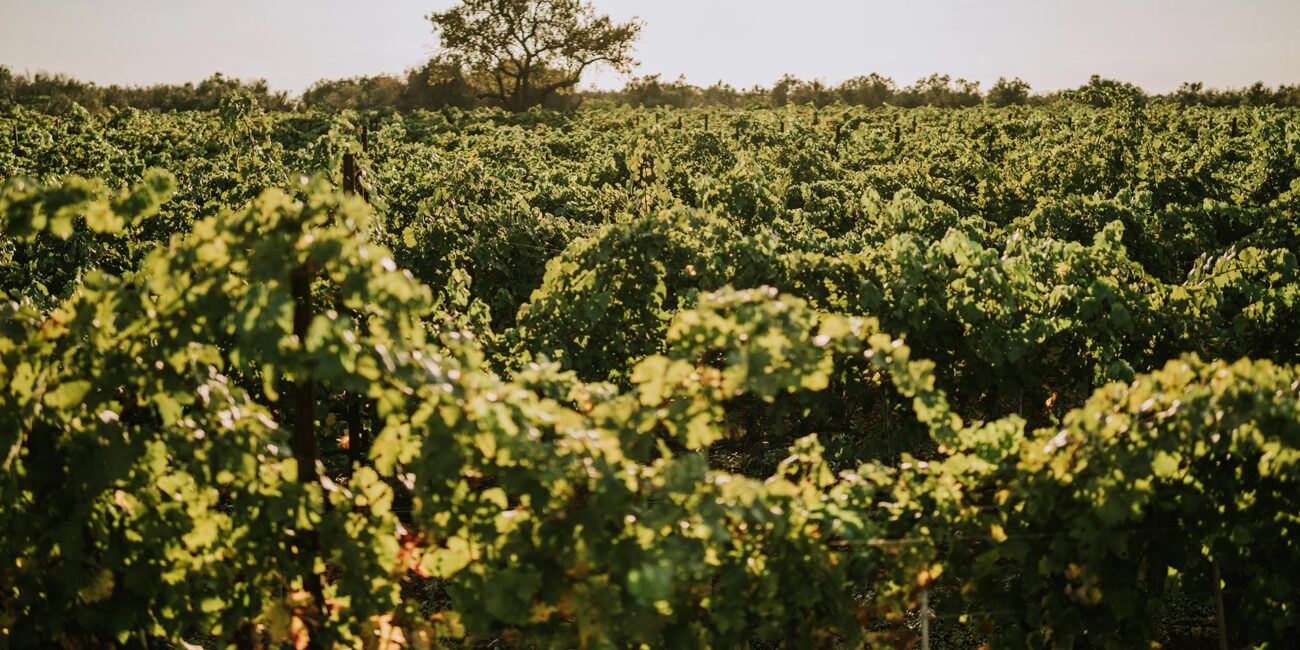
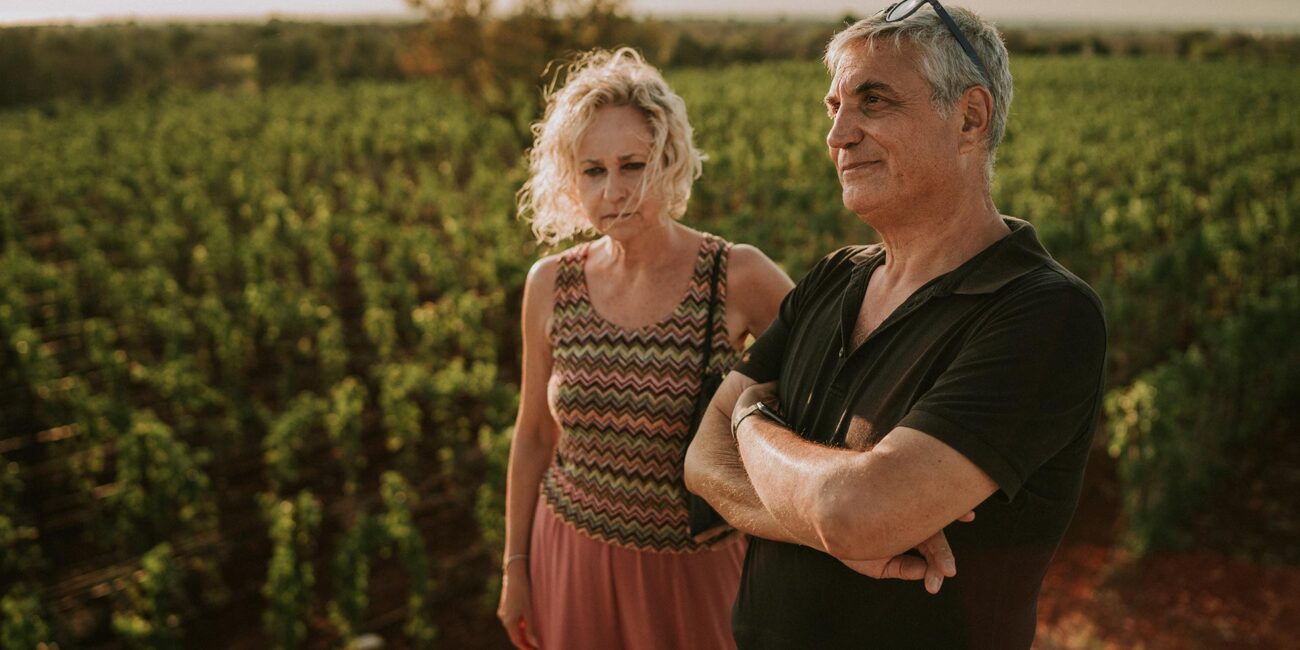
CONTRADA
SPECCHIA
The Specchia vineyard extends over the Sant’Eleuterio hill at an elevation of 200 metres, one of the highest points in the Salento with ceaseless winds. Encircled by dry-stone walls and vaunting a traditional hut, or “pagliara,” offering shade within, the limestone soil is rich in clay, which ensures reliable groundwater reserves for the vines during hot, dry spells.
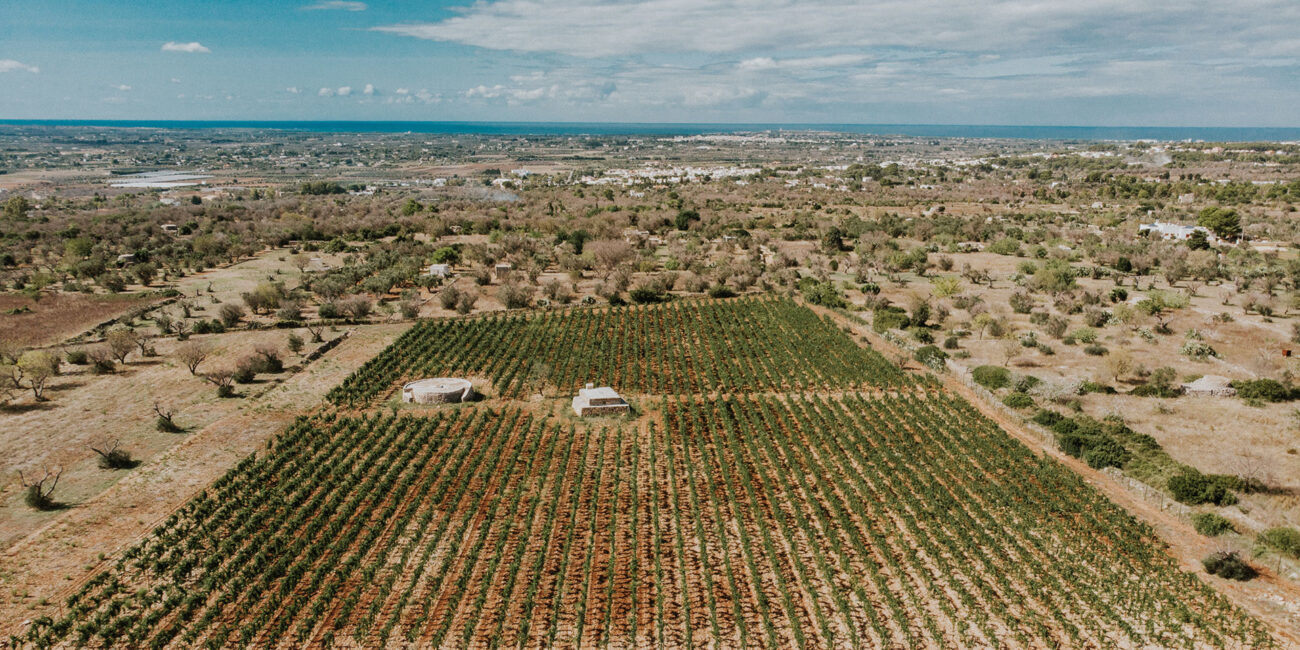
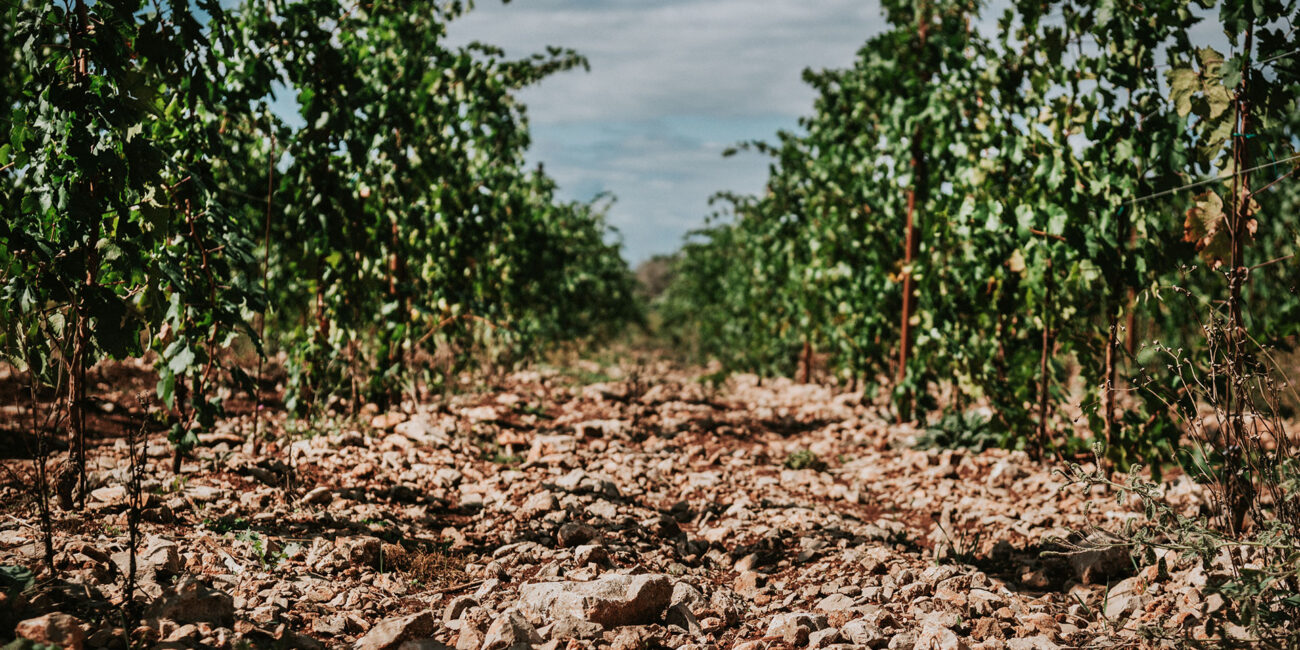
CONTRADA
LEMBO
Thick Mediterranean scrub conceals this vineyard, yet it affords a view of the sunset on the blue line of the horizon. The Cabernet Sauvignon and Sauvignon Blanc plots are dotted here and there with almond trees, whose white blossom reinvigorates the severe geometry of the vineyard rows in the spring. Planted in reddish earth replete in jagged limestone, the vineyard forms a wide fan that inclines slightly toward the nearby sea.
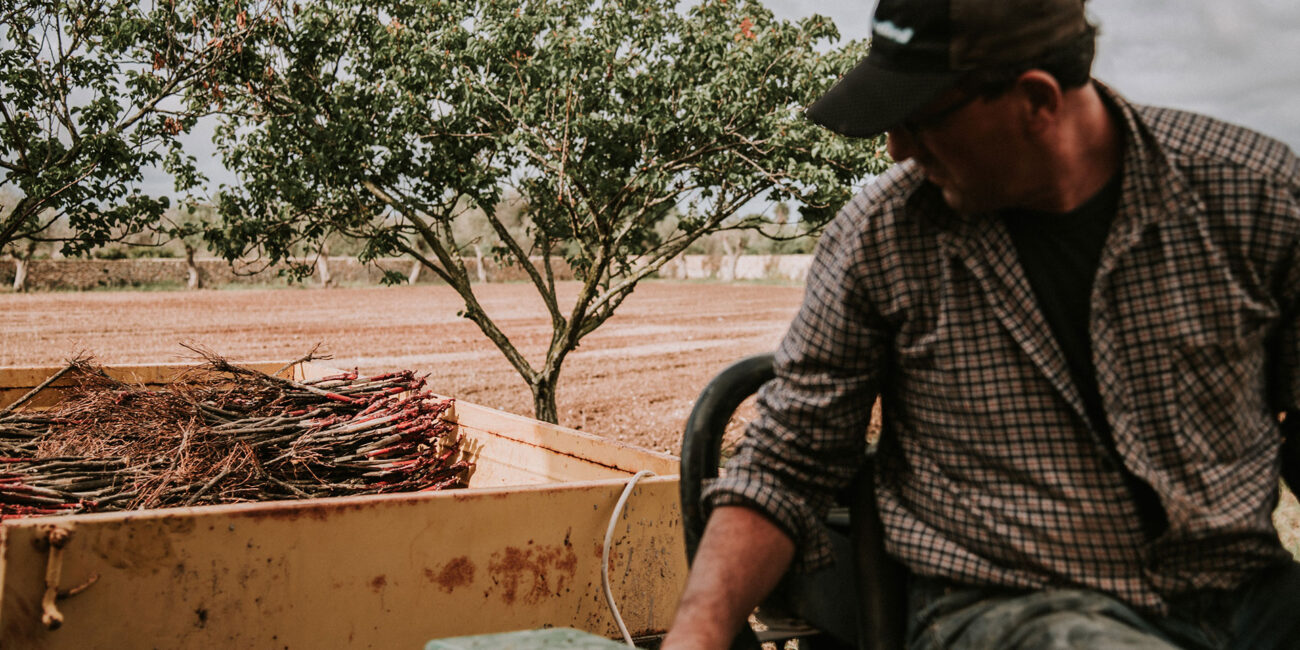
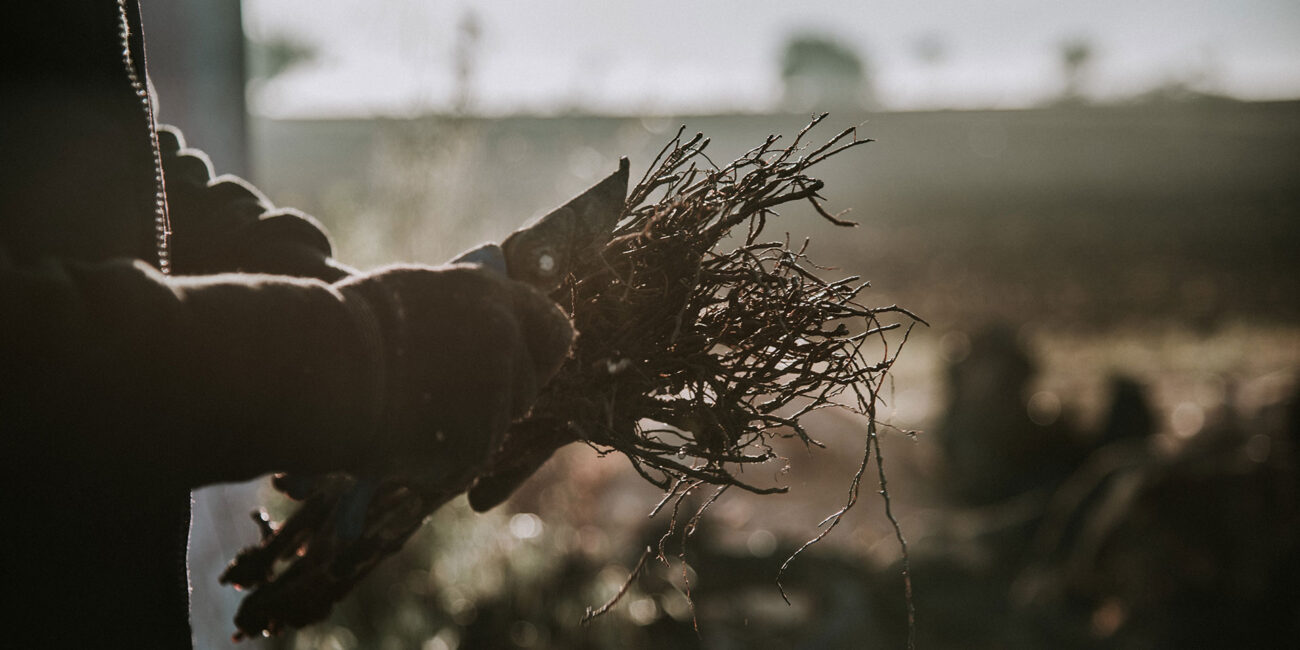
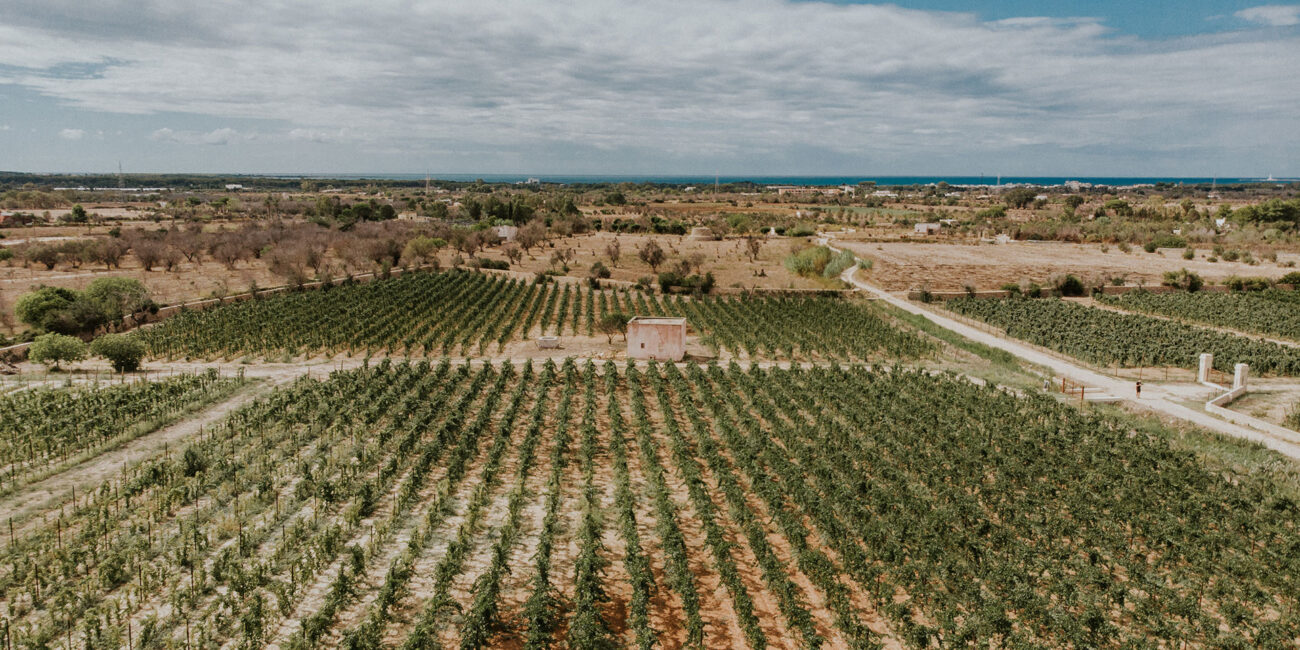
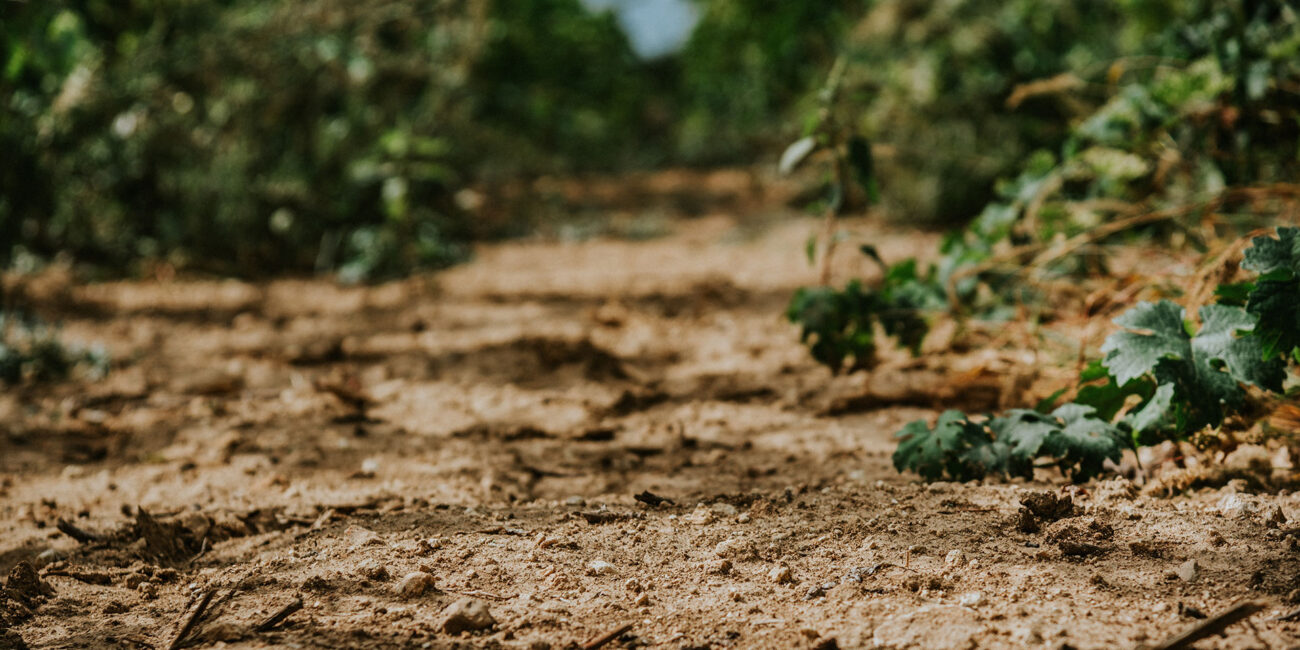
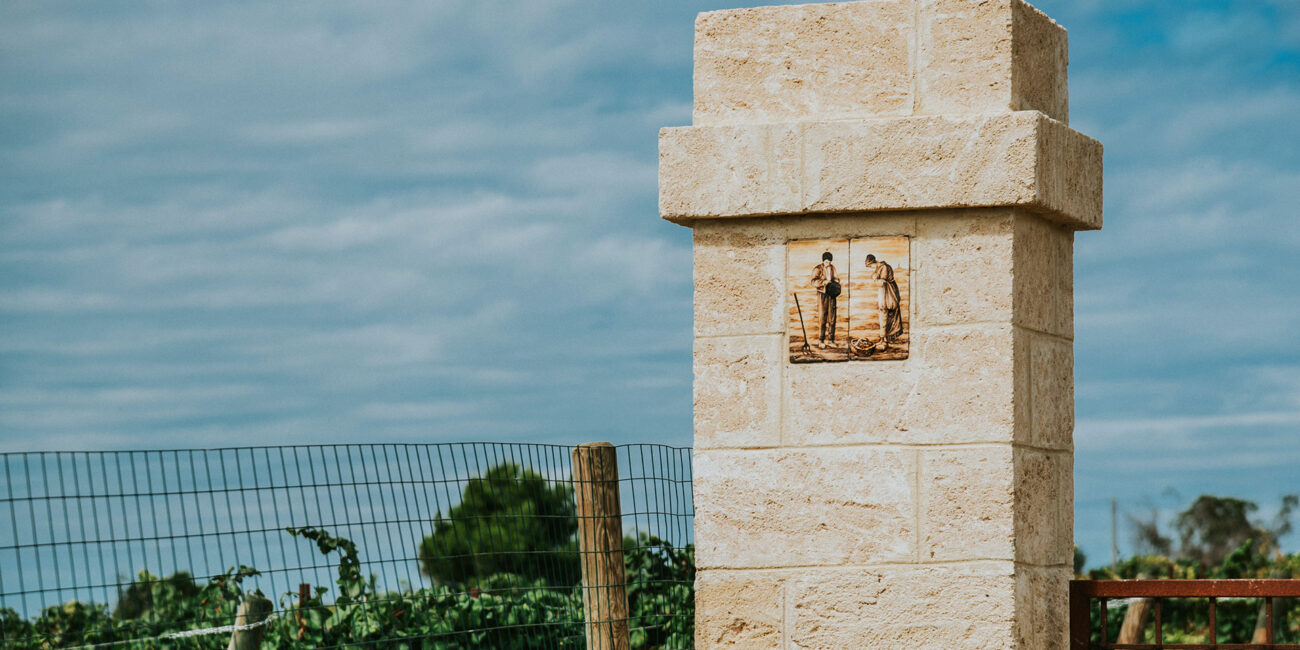
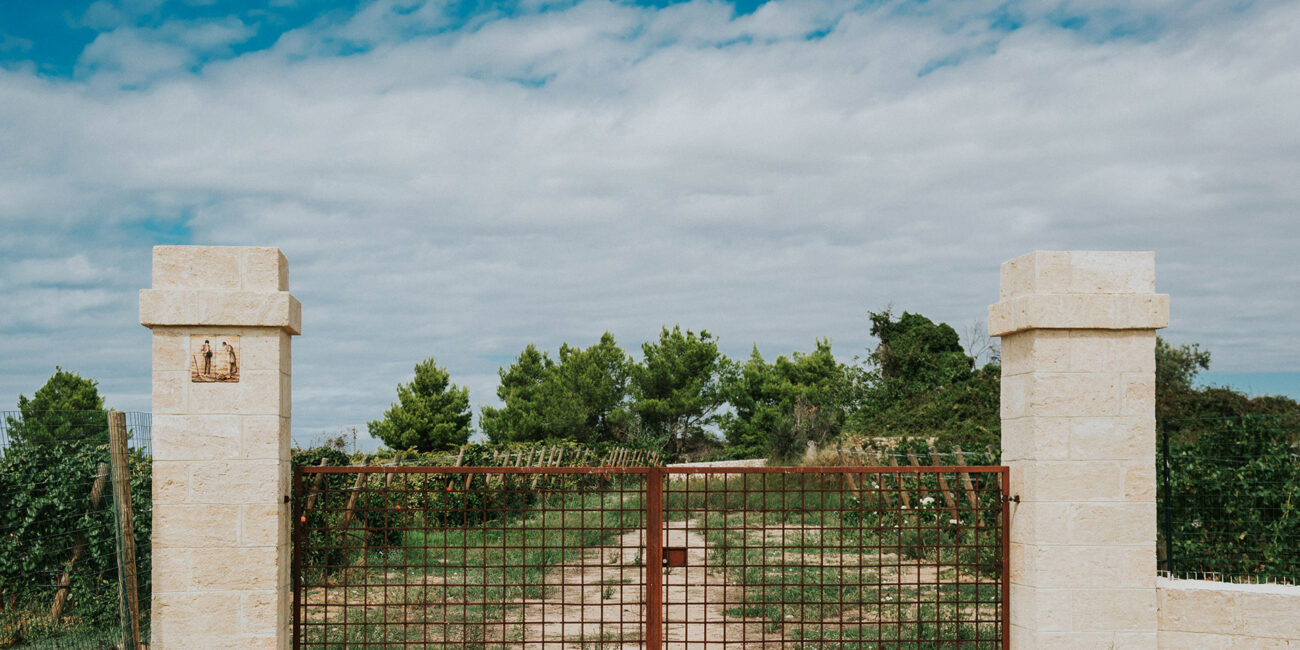
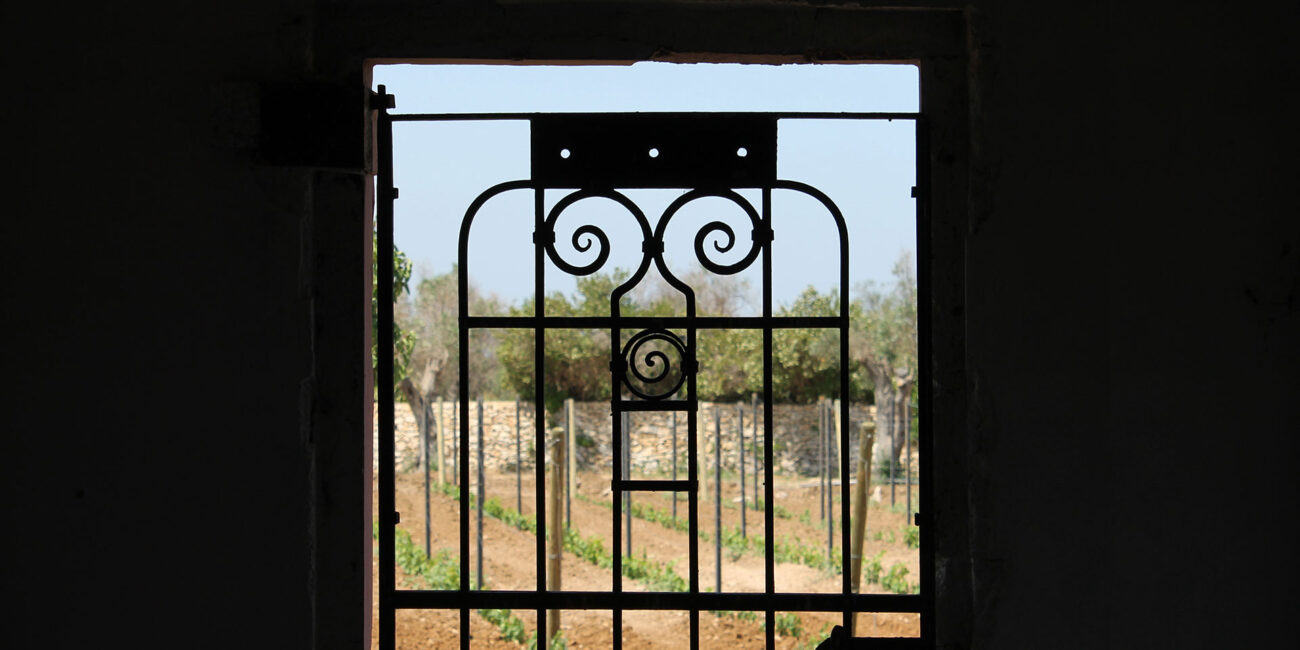
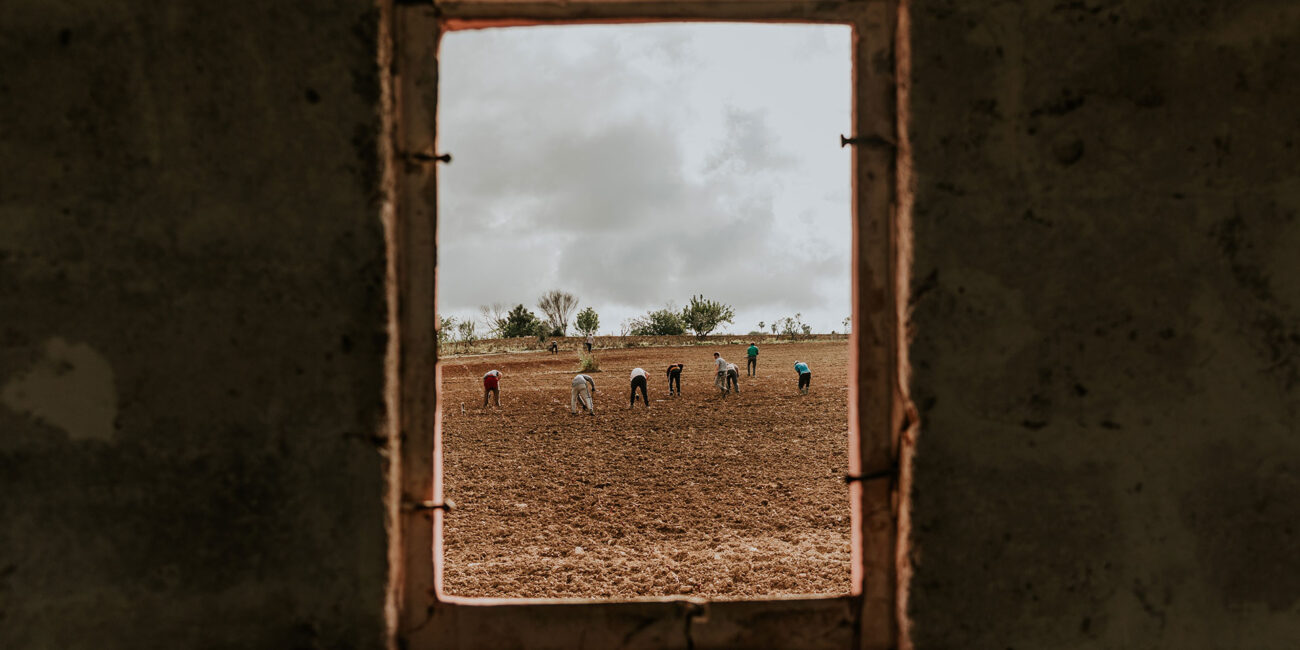
CONTRADA
MITRIANO
This extensive vineyard, lying at 1,000 metres from the sea in Gallipoli, enjoys silty clay soils with fossil shells and sand admixtures. The sea can only be seen from the very top of the slope, but the surrounding air is redolent of its presence. The salt-laden breezes caress the Cabernet Sauvignon and the few rows of Cabernet Franc and Petit Verdot that rise high above the whitish soils to protect themselves from the waves of summer heat. Fields of hay, wild fennel and cicadas are all around.
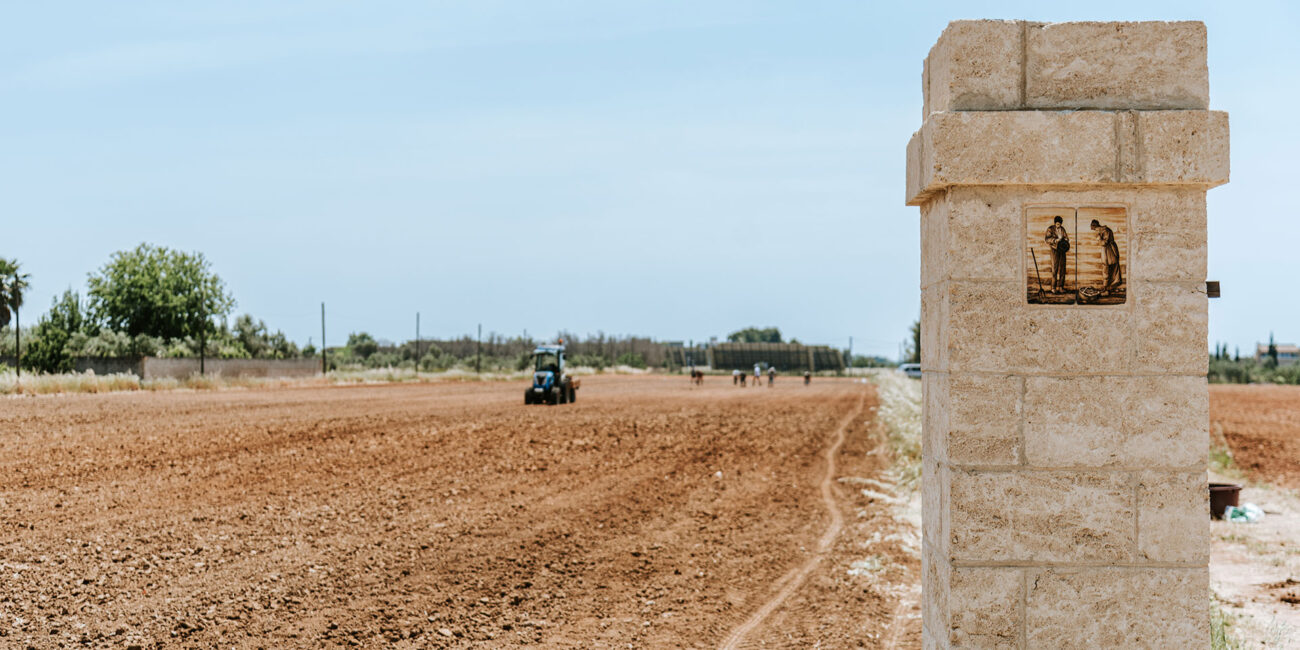
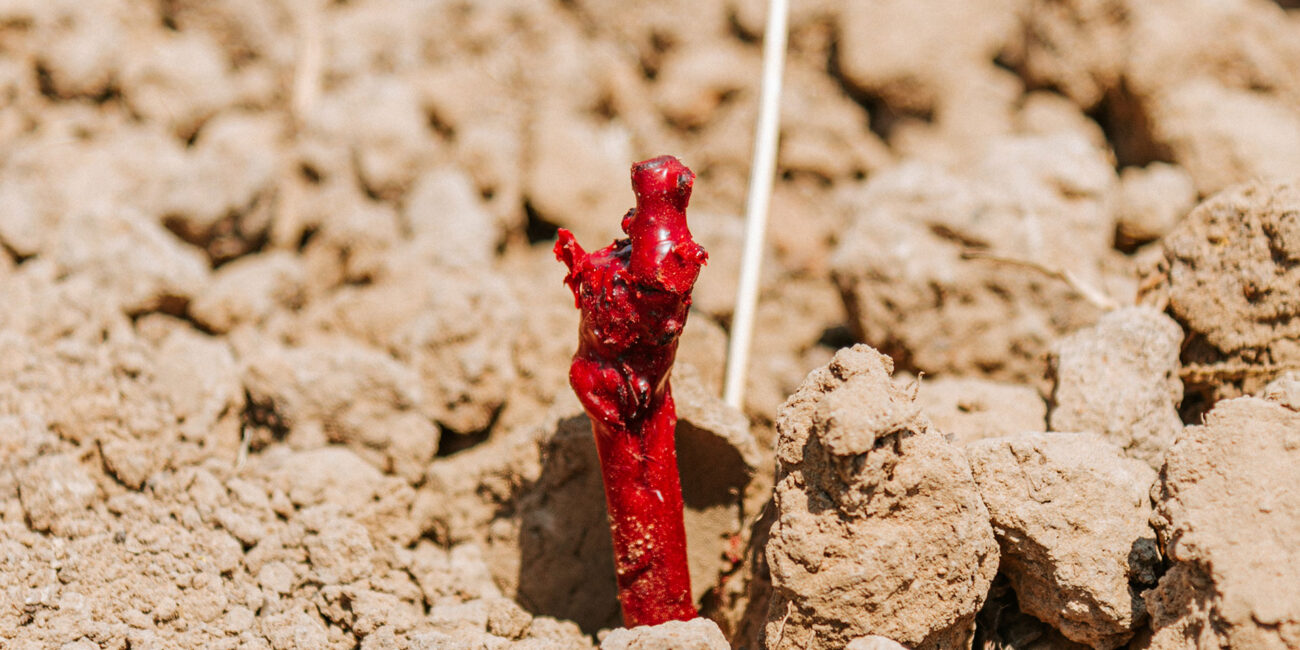
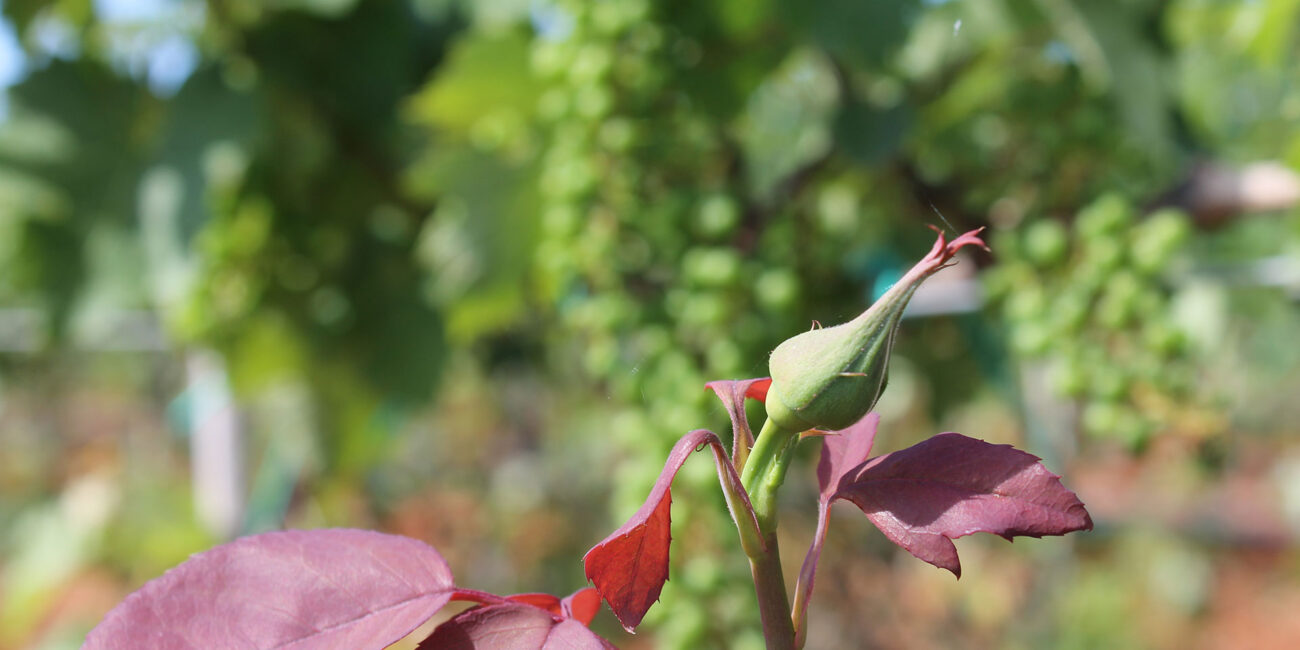
CONTRADA
PIZZIFERRO
Rows of cypresses watch over this Cabernet Sauvignon vineyard planted in distinctive soil. For millennia, the sea has embraced these white sandy soils, only to retreat again, leaving a legacy of ancient shells into which the vines now sink their roots. Now even and loose, the soil retains very little rainwater, releasing it into the vines in time of need and creating a micro-ecosystem of rare equilibrium.
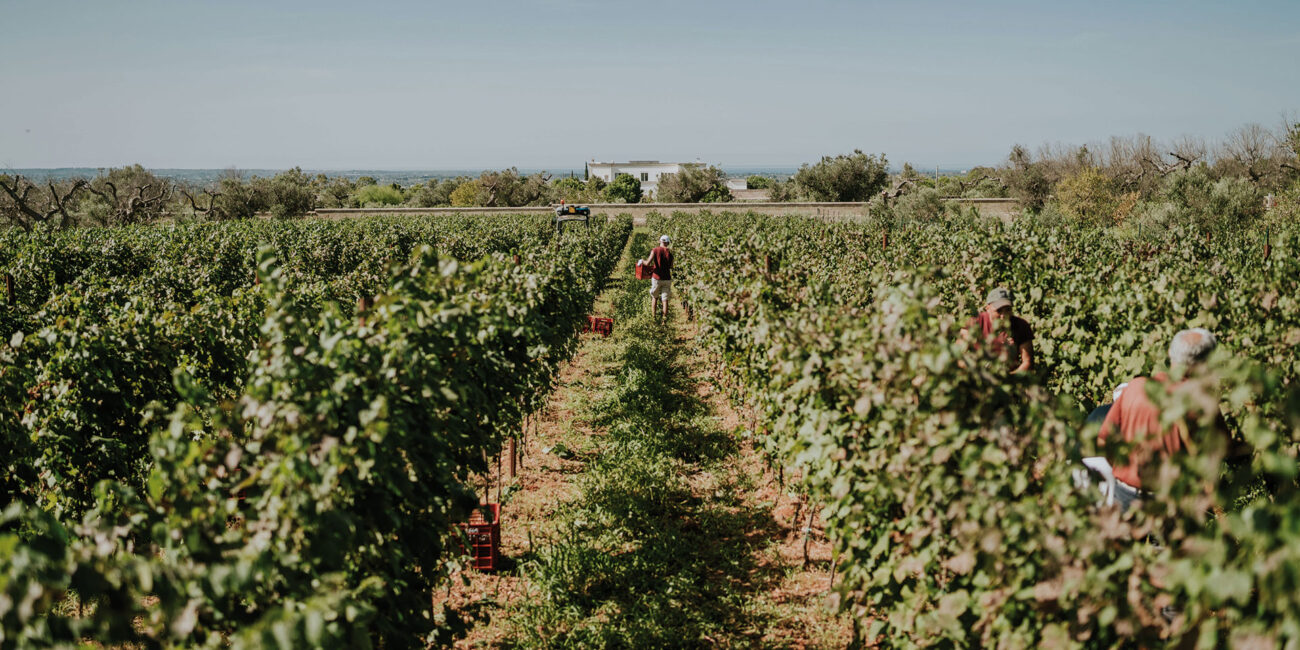
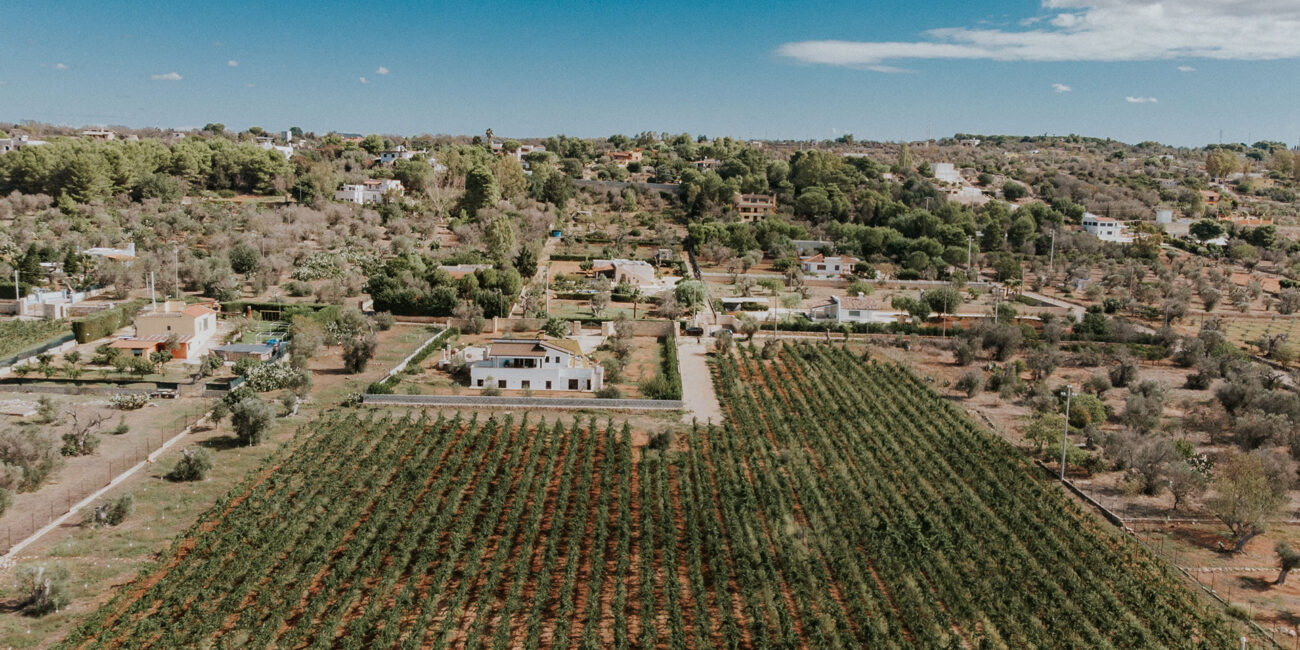
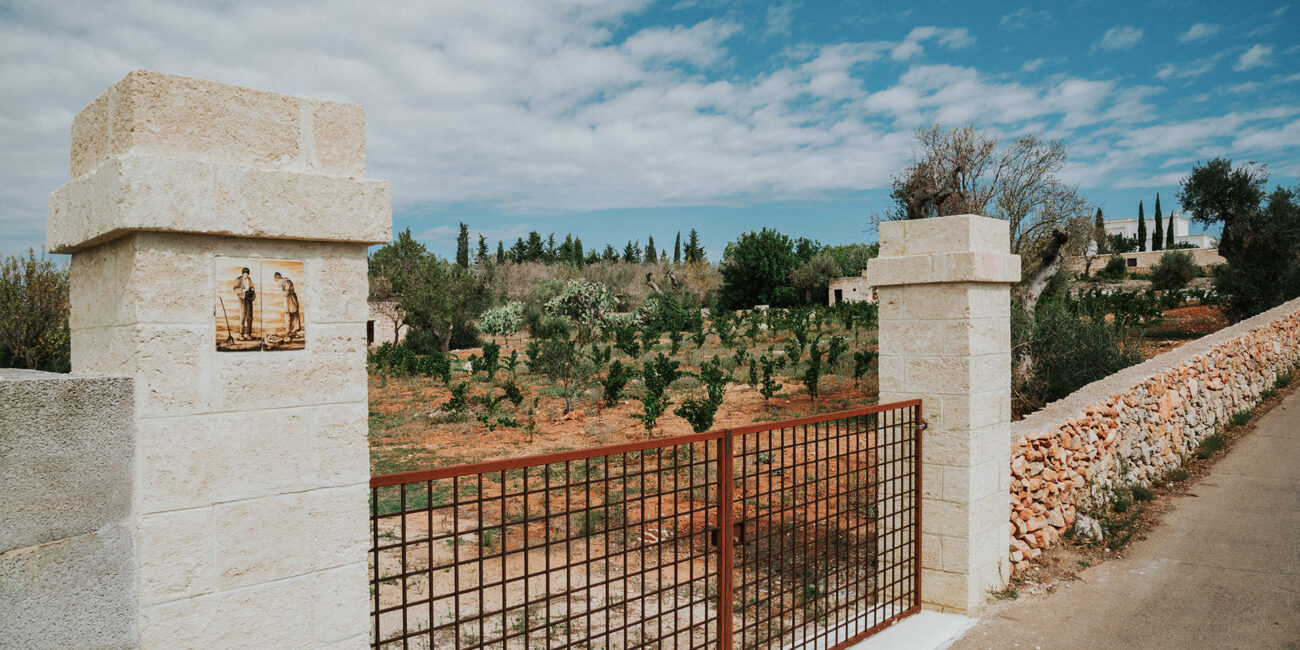

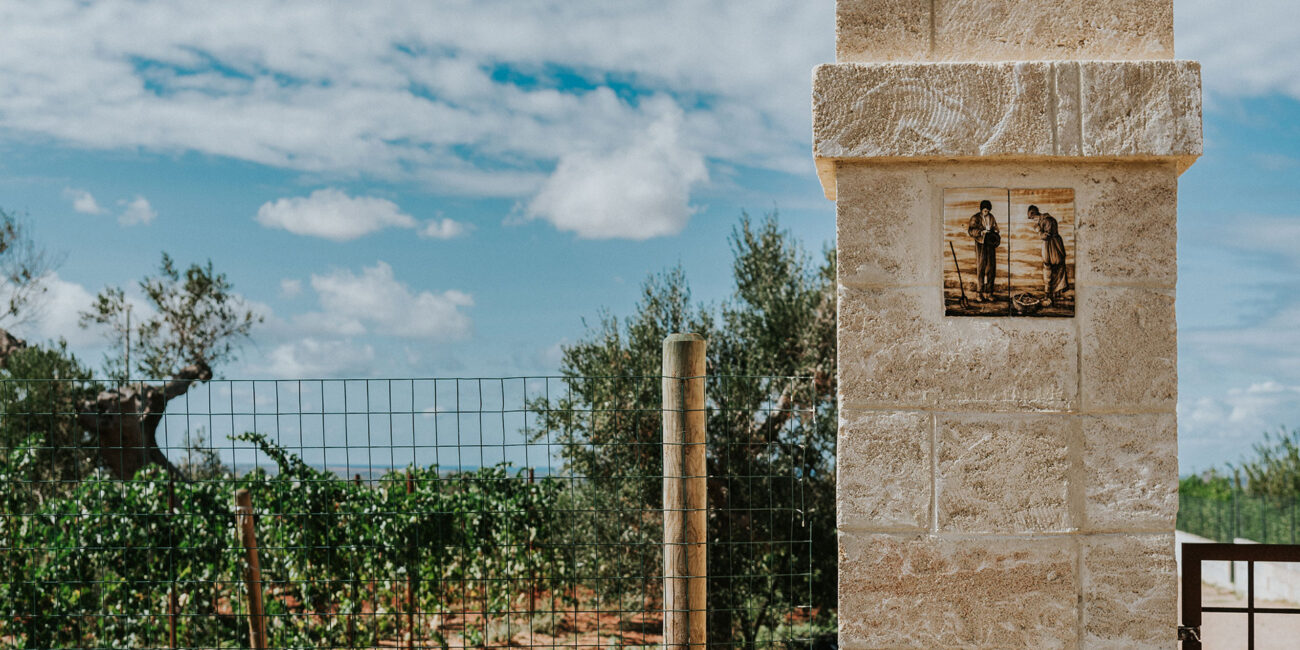
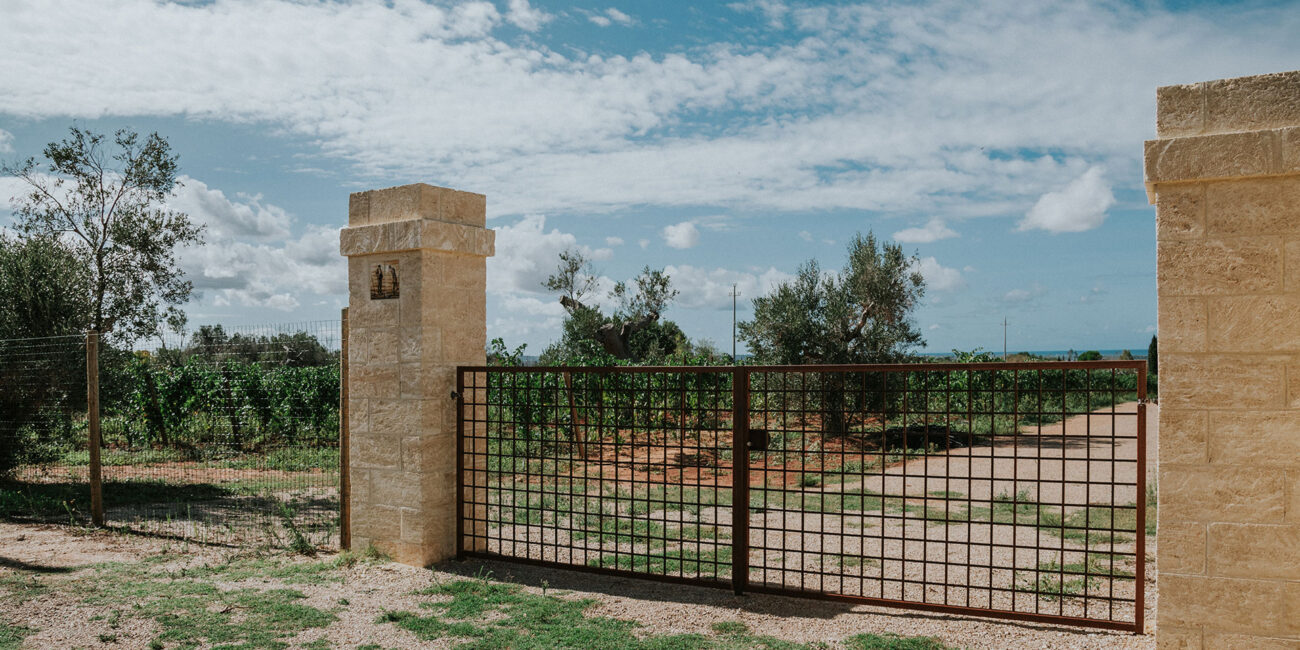
CONTRADA
RISCHIAZZI
Rischiazzi is comprised of three small blocks that embrace the wine cellar. An ancient fault line determines the soils, which range from soft tuff nearest the cellar, planted to 1,500 bush-trained Cabernet vines, to the limestone rock farther away.
The latter, measuring about one hectare, also hosts a few rows of Petit Verdot.





